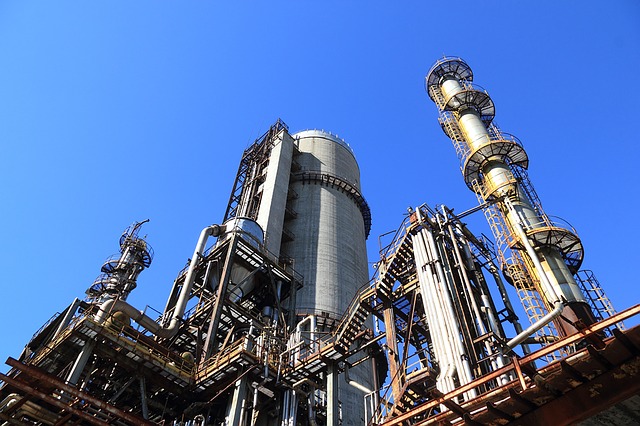Bearings can come under attack from exposure to water and moisture, marine climates, and from a variety of chemicals (both gas and liquid).
For example, in food-processing plants, bearings are subjected daily to high-pressure washdown with a mixture of water and sanitizing or antibacterial agents. Likewise, submersible pumps in irrigation systems are exposed to water containing both sediment and fertilizer. Conveying equipment in an automated paint line is subject to a variety of different chemicals during the cleaning cycle and, of course, the paint itself. These environments compromise both the bearing and lubricant.

Rings and components are typically made of stainless steel. AISI 440C, or similar, is the most common alloy used as it provides moderate protection from corrosion and has properties that benefit fatigue life. Special nitrogen-enhanced martensitic stainless steel is also an option. This material has about five times the corrosion resistance compared to 440C when subjected to salt-spray testing. Additional advantages include a high resistance to blood and other agents, a fine microstructure that provides for lower noise levels, and an enhanced fatigue life.
Other stainless-steel options are AISI 304 and 316. These austenitic steels have superior corrosion resistance compared to the 400 Series. However, due to their low hardness, they have drastically lower load capacity compared to 440C, which has a hardness of Rc 60 after heat treatment.
Precipitation-hardened stainless steel, AISI 630, has an RC 40 hardness and improves load-carrying capability compared to the 300 Series. However, AISI 630 does not offer the same level of corrosion resistance. When compared to 400 Series martensitic steels, AISI 630 is better suited for highly corrosive environments but has inferior load capacity.
Rolling elements manufactured from ceramic material should be considered for corrosive environments. There are various grades and types of ceramic material, but silicon nitride is most common.
Bearings consisting of ceramic balls and steel rings are called hybrid bearings. In hybrid bearings, ceramic rolling elements boost durability. The ceramic material is resistant to almost all chemicals so there is no ball or roller degradation from corrosive attack. Also, since the ceramic is a dissimilar material to the steel rings there is no cold welding with wear debris generated from the raceways (or elsewhere). As a result, there is less raceway pitting and degradation. This, in turn, helps maintain the condition and life of the lubricant.
Looking for more information about bearings in harsh environments? Our team of experts provide engineering consulting and design and are ready to help – contact them here.

